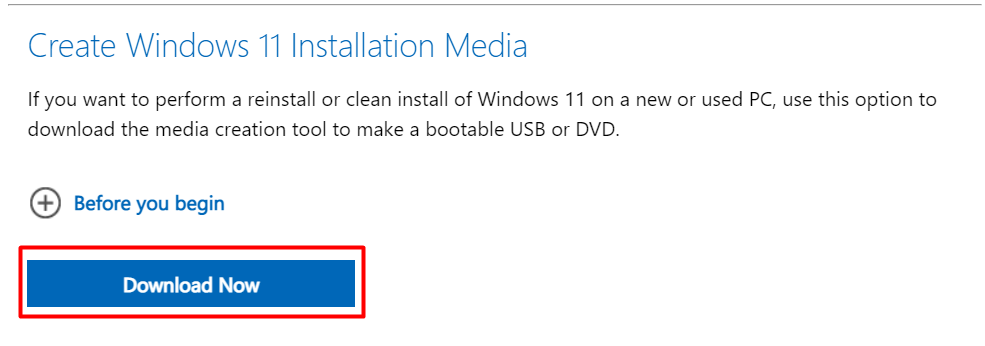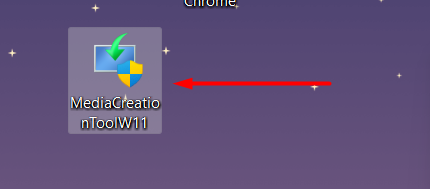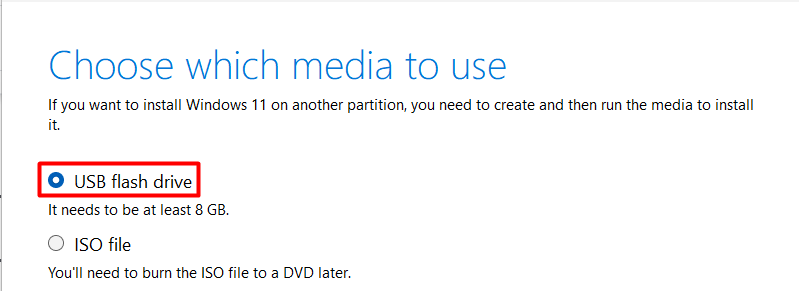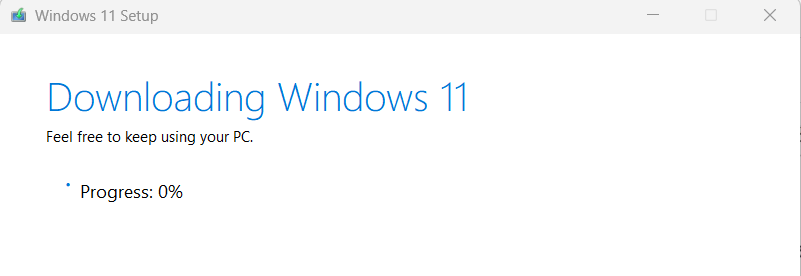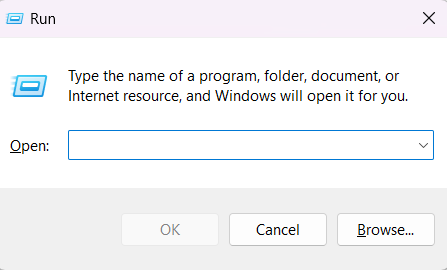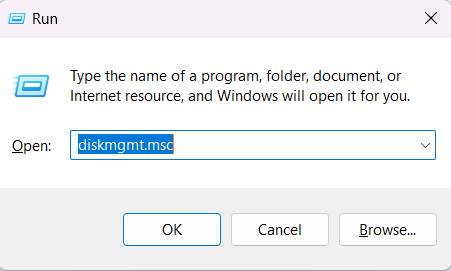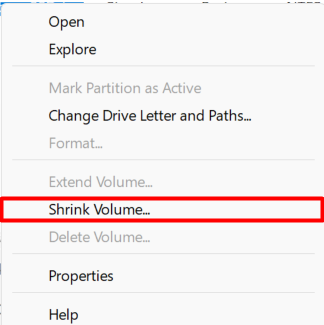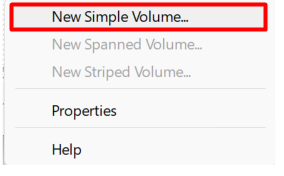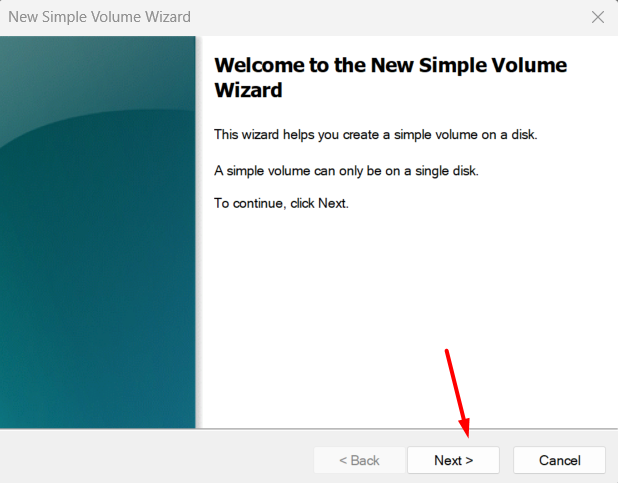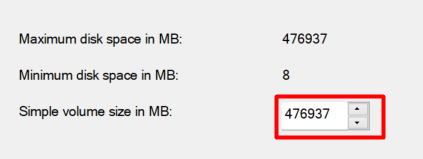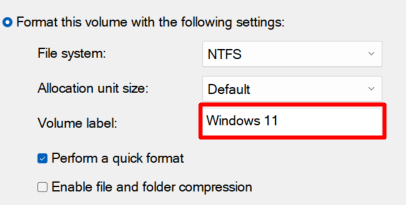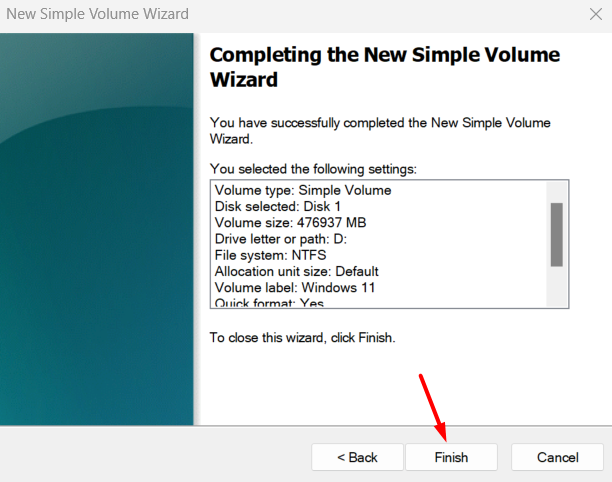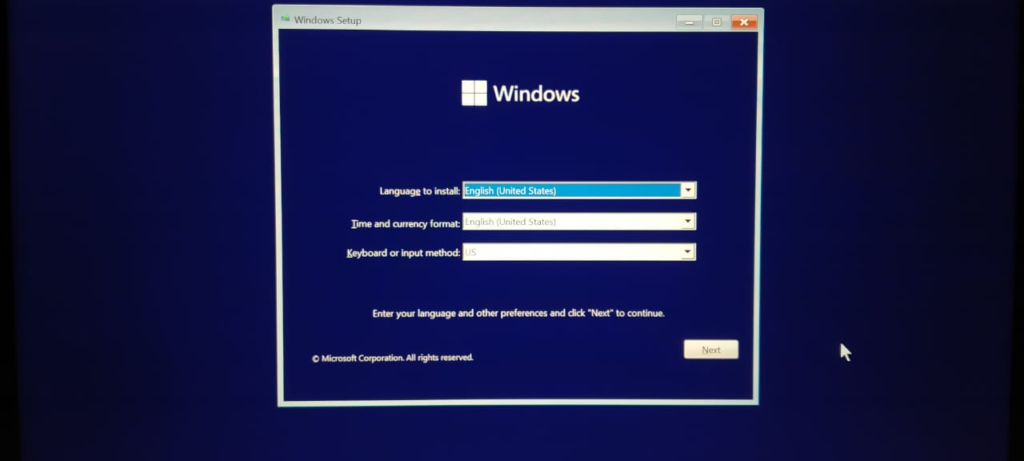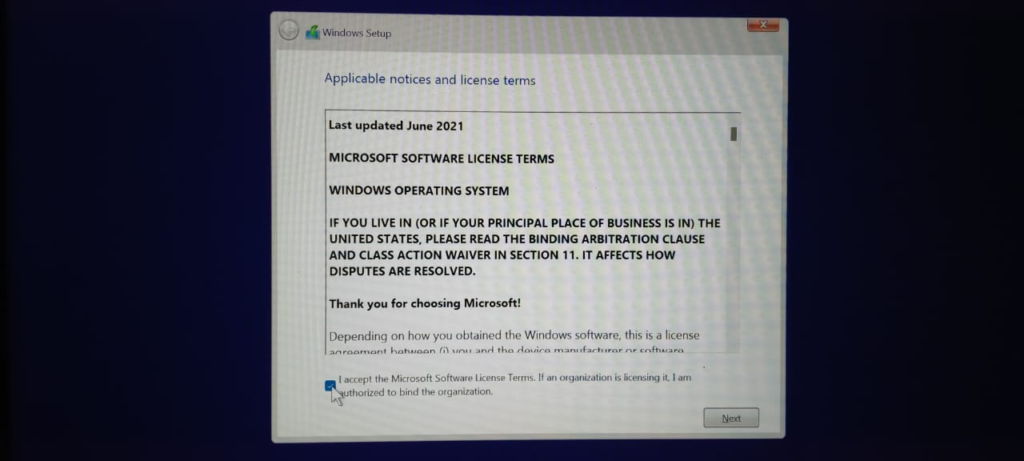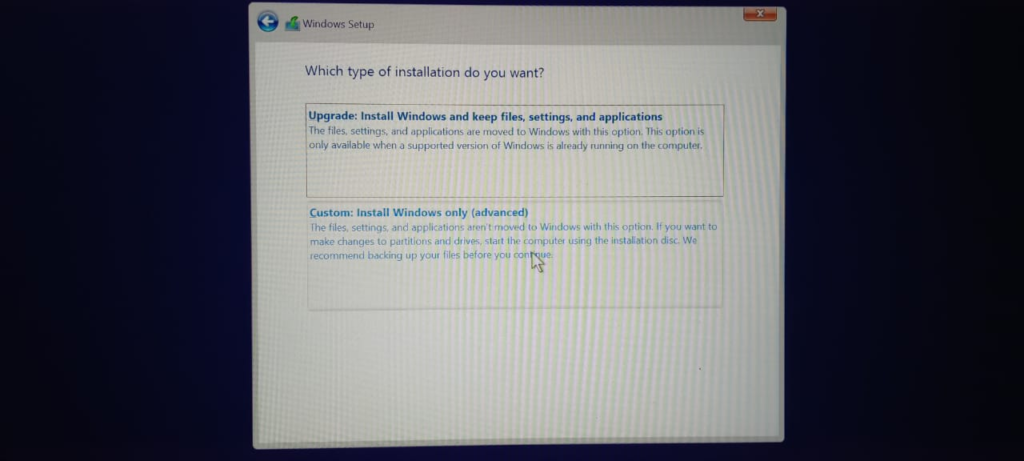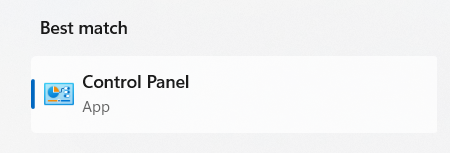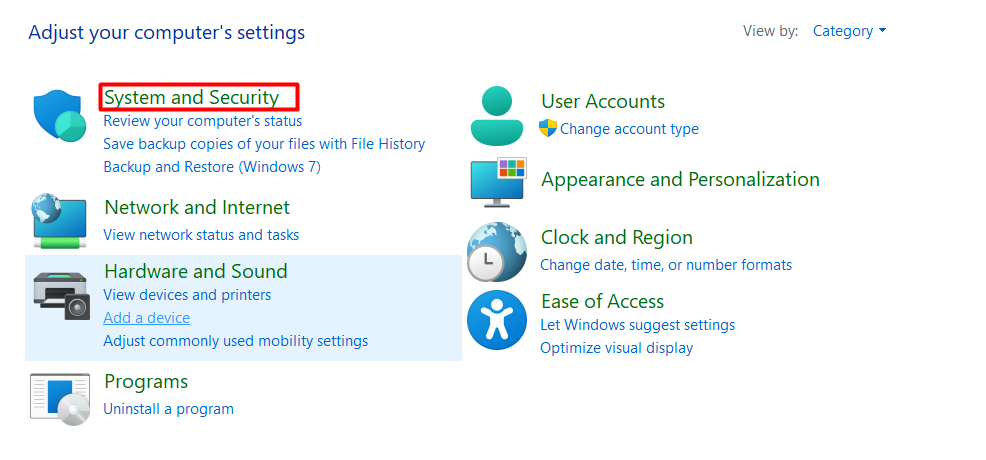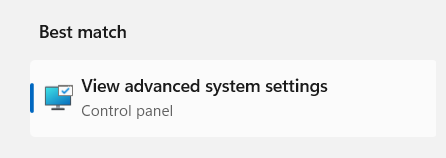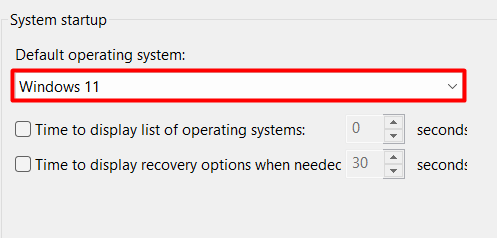But still, you will need some assistance during the process, and this tutorial assists you with the same. We have drafted a comprehensive tutorial that takes you through the process of dual booting Windows 11 with Windows 10. Follow the steps and get an immersive experience by using both Windows 11 and Windows 10 on one PC.
Prerequisites to Dual Boot Windows 11 With Windows 10
You will need a couple of things to dual boot Windows 11 with Windows 10. Take a look at these things below:
USB flash drive – At least 8 GB; Ensure the Windows 10 PC is capable of installing Windows 11; A Microsoft Account; Valid Windows 11 and Windows license; Stable Internet connection.
When everything is checked, you can proceed further and start the dual boot process following the below-mentioned steps.
Dual Boot Windows 11 with Windows 10
Follow the mentioned steps in chronological order to dual boot Windows 11 with Windows 10.
1. Download Windows 11
You need to first download Windows 11 to create a bootable drive. There are two methods to create a bootable drive. You can use the Windows Media Creation tool to make a bootable USB. Windows Media Creation tool will install Windows 11 setup on your USB flash drive, which will later help you install Windows 11 with ease. We have explained the same in the below-mentioned steps.
- Download Windows Media Creation Tool.
- Follow the on-screen instructions and install the Windows Media Creation tool.
- Launch the Media Creation tool.
- Click on Accept to agree to terms and conditions.
- Then, click on Next.
- Select USB flash drive from the given options.
- Connect your USB Flash Drive to your Windows 10 system.
- Click on Next and choose your connected USB Flash Drive from the mentioned drives.
- Then, click on Next.
- Windows Media Creation tool will now start downloading the Windows 11 setup to your USB Flash drive.
- After downloading the Windows 11 setup, it will take a few more minutes to verify the download and make your flash drive bootable-ready to install Windows 11 on another partition of your Windows 10 PC.
- Once the Windows Media Creation tool verifies the download, you will observe the name of your flash drive has been renamed. It will be named something like ESD-USB (Drive Letter). You can also see the Windows 11 setup on your USB flash drive.
- You can now remove the USB flash drive and keep it with yourself to use in the further process.
2. Shrink Your Hard Drive to Install Windows 11
The next step is to shrink the primary disk to create extra storage to store and run Windows 11 along with Windows 10 on the same system. You can easily shrink your primary drive following the below-mentioned steps.
- Press Windows + R to open Run.
- Type diskmgmt.msc in the Search Bar and Enter.
- Right-click on the Primary Storage and select Shrink Volume.
- Enter the shrink size in Enter the amount of space to shrink in MB box.
- Later, click on Shrink and wait a while to let the system shrink the selected drive.
- Once the process is completed, you will see a new block named Unallocated in the Disk Drive section. You can also see the unused storage size inside the Unallocated box.
3. Create A New Partition
You can now use the unallocated space to create a new partition. Creating a new partition is essential to install the new Windows 11 on the same drive. You can easily make a new partition by simply following the mentioned steps.
- Right-click on the Unallocated box and choose New Simple Volume.
- Click on Next.
- Enter the partition size in the Simple volume size in MB column. (Note: The actual size of Windows 11 is approximately 9 GB. You can either enter a custom amount or proceed further with the entered volume.)
- Select the letter you want to assign to your new and partitioned drive from the Assign the following drive letter dropdown.
- Click Next and enter Windows 11 in the Volume Label column.
- Lastly, click on the Next button and then click Finish to create a partition.
- Open the File Manager, and look for the newly-created partition in the left-sidebar. If you find it there, it means you have successfully created a new partition.
4. Install Windows 11 On the New Partition
Here comes the actual use of the bootable USB flash drive created in Step 1. You must use the same USB flash drive to install Windows 11 on the recently-created partition. Follow the steps to install Windows 11.
- Open Settings on your Windows 10 PC.
- Head to the Update & Security.
- Move the Recovery section and click on Restart now.
- You will now see the Advanced Startup settings.
- Click on Choose a USB drive option on the Advanced Startup settings page.
- Choose the EFI USB Device from the booted options list.
- Once selected, click the Next button in the popup window.
- Click on Install Now and enter the Product Key to activate Windows 11.
- Select the version of Windows you want to install.
- On the next screen, accept the terms and conditions and click on Next.
- Now, select Custom: Install Windows only (advanced) on the Which type of installation do you want? screen.
- On the next screen, select the Unallocated Disk or the Partition and click Apply.
- Wait a few minutes to completely install Windows 11 on the system.
- In the end, follow the on-screen instructions to set up the newly-installed Windows 11 on the new partition.
5. Enable Dual Boot
You have now installed two different versions of Windows on the same disk. Whenever you restart your system, a prompt asks you to choose the OS to reboot with. Sometimes this option doesn’t appear as expected. However, this option is needed to reboot the PC with your preferred version of Windows. To eliminate this situation, you can try enabling this option manually by simply executing a command in the Command Prompt. Follow the steps given below for that.
- Open Command Prompt as Administrator.
- Execute the mentioned command and hit Enter: bcdedit /set {bootmgr} displaybootmenu yes
- That’s it. You can close the Windows now and try restarting the PC to check it has been enabled.
6. Disable Fast Startup
Fast Startup ensures that the system restarts faster by preventing some non-essential programs from running. Sometimes, it can also prevent the dual boot options from appearing during the reboot. Hence, it is essential to disable this option for a safer side. You need to now disable the Fast Startup option. Follow the mentioned steps to disable the same.
- Click on the Windows icon from the taskbar and type the control panel in the Search Bar.
- Open the Control Panel app from the Best match section.
- Head to System and Security settings.
- Click on Power Options.
- In the Power Options section, click on choose what the power buttons do.
- Click on Change settings that are currently unavailable to make changes in the Power settings.
- Toggle off the Fast startup option.
- In the end, click on Save Changes.
7. Change Default OS to Reboot Your PC
You have now installed two different Windows versions on the same PC. In this section, we will mention the steps to change the default operating system. You usually get the option to choose the Windows versions on every start. In case you don’t select any version, the system will automatically reboot with the default selected version. The below-mentioned steps also intuitively explain the same.
- Click on Windows from the taskbar, and type view advanced system settings in the Search Bar.
- Open the View advanced system settings by clicking on it.
- Click on Settings under Startup and Recovery.
- Select Default Operating System from the dropdown and save changes by clicking OK.
- Try rebooting the PC and don’t select any Windows version on the selection windows. Then, check whether the system restarts with the selected Windows version or not.
Does Windows 11 Allow Dual-Boot?
To dual boot Windows 11, your system must align with the required system specifications. For instance, if you want to install Linux, your Windows 11 system must match the requirements to install Linux.
How Do I Activate Dual-Boot?
Open the Settings app on your Windows 10 PC. Head to the Update & Security section and click on Recovery. Click on the Restart now button under the Recovery section. You can select between the mentioned versions of Windows to reboot your PC with.
Can I Install Windows 10 and Windows 11 at the Same Time?
You can concurrently install Windows 10 and Windows 11 on a single system. It is also known as Dual Boot, which refers to installing different versions of the same operating system or different operating systems on the same PC or laptop.
Can You Have 2 Boot Drives?
You can have two different boot drives on a single hard disk. You first need to shrink the existing hard disk and then create a partition to install another version of Windows or any other operating system easily.
Does Dual Boot Affect Performance?
Dual boot can affect your system’s performance to some extent. This is because dual boot creates different partitions of your existing hard drive to install different operating systems. Every operating system uses different amounts of resources, which can affect the system’s performance.
Final Words
There could be varied reasons for dual booting Windows 11 with Windows 10. Some users would like to dual boot their system to run incompatible software on the same machine without changing the hardware. While a set of users would do this to experience both Windows 10 and Windows 11 at the same time. Regardless of the use case, the process of dual booting is pretty straightforward. You can follow the above-mentioned steps to dual boot Windows 11 with Windows 10.
